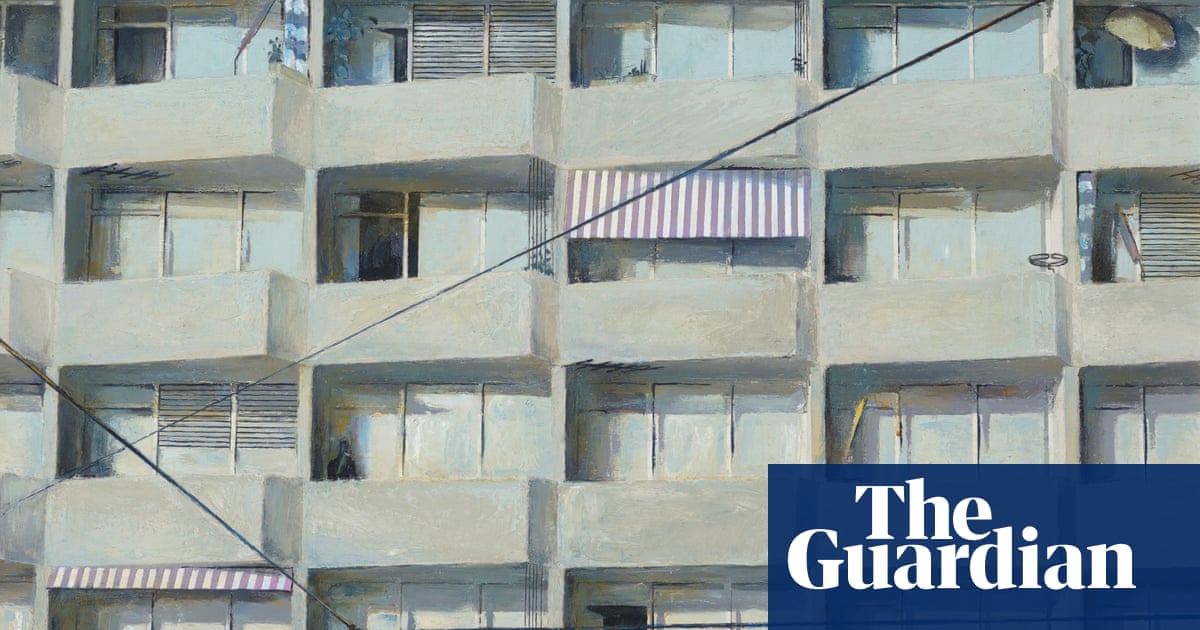
"Communist East Germany's high-rise prefab residential blocks and their political and cultural impact in what was one of the biggest social housing experiments in history is the focus of a new art exhibition, in which the unspoken challenges of today's housing crisis loom large. Wohnkomplex (living complex) Art and Life in Prefabs explores the legacy of the collective experience of millions of East Germans, as well as serving as a poignant reminder that the housing question, whether under dictatorship or democracy, is far from being solved."
"Fifty works by 22 artists, most of whom lived in or near a plattenbau (literally slab building, after the panels from which they were constructed), draw on how the large-scale, standardised developments shaped the lives of their residents and by extension the wider society. Their construction was placed at the heart of the German Democrat Republic dictatorship's social policy and also largely underpinned its industrial raison d'etre."
"It's about the slab' or prefab as a place and memory of living, as a symbol of social utopias and as a canvas for social change, says Kito Nedo, the curator of the exhibition at the Minsk gallery in Potsdam, itself an important architectural monument of the so-called Ostmodern, which narrowly escaped demolition after local protests. The biggest question in the room, more relevant than ever in Germany and cities across Europe, is how to create affordable, quality housing, Nedo adds."
An exhibition in Potsdam examines Communist East Germany's prefabricated high-rise residential blocks and their political, cultural and social legacy. Fifty works by 22 artists, many of whom lived in or near plattenbau (literally slab buildings made from panels), reflect how large-scale, standardised developments shaped residents' daily life and the wider society. Plattenbau construction anchored the German Democratic Republic's social policy and industrial purpose. The exhibition treats prefabs as places and memories of living, symbols of social utopia, and canvases for social change. The display prompts renewed questions about creating affordable, quality housing in Germany and across European cities.
Read at www.theguardian.com
Unable to calculate read time
Collection
[
|
...
]